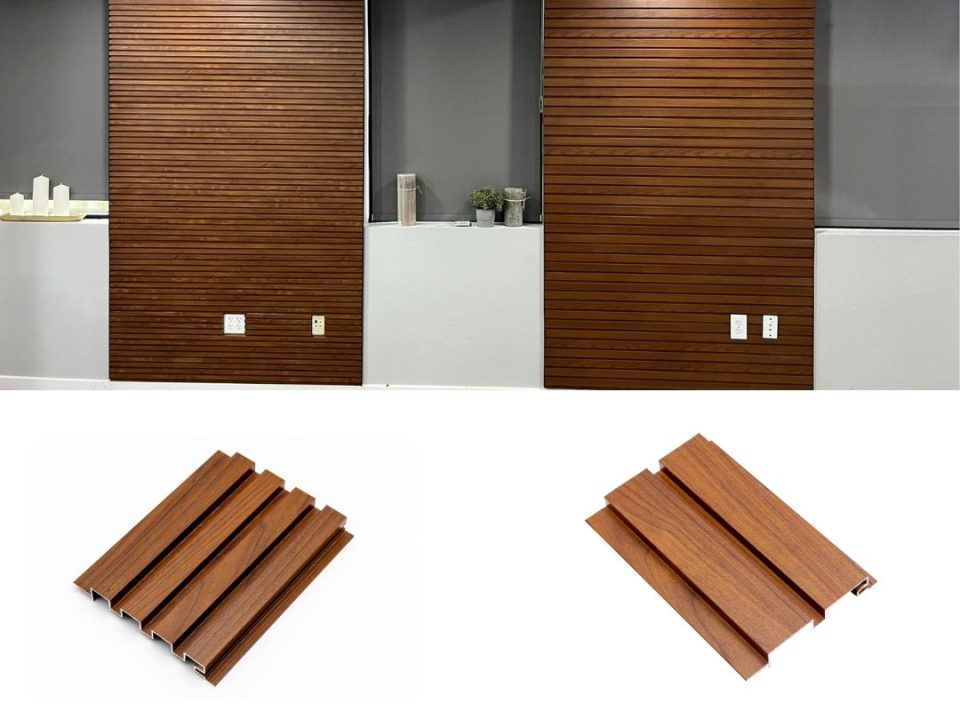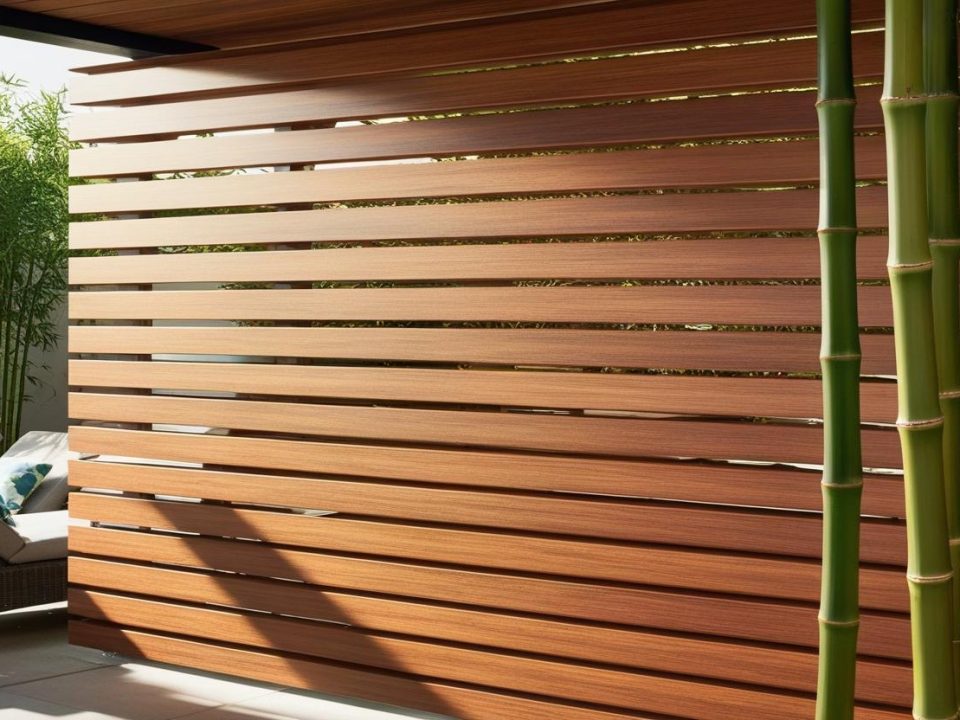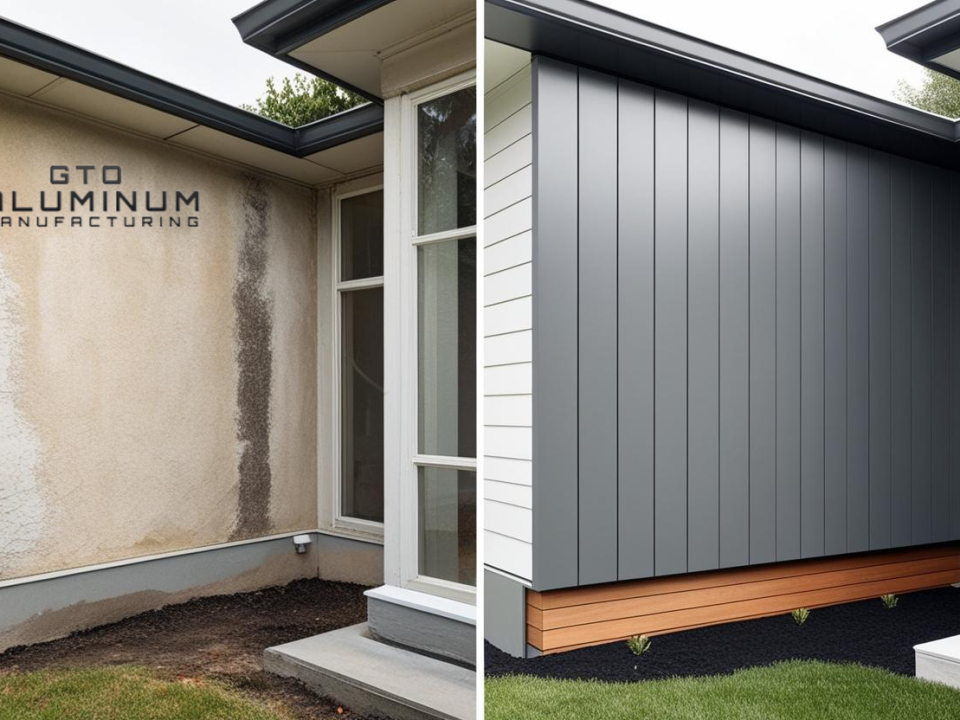
The Advantages of Anodized Aluminum Cladding

Comparing Aluminum Cladding Systems: Which One Fits Your Project?

Have you ever considered how aluminum cladding can dramatically reduce your building’s lifetime expenses?
In today’s rapidly evolving construction and architectural landscapes, finding cost-effective, durable, and aesthetically pleasing materials is a top priority for builders, architects, and homeowners alike.
Aluminum wall cladding emerges as a standout solution, blending style with functionality while significantly cutting down on overall expenses.
This comprehensive guide delves into the multifaceted benefits of aluminum cladding, showcasing how it stands as an economical choice without compromising on quality or design.
Introduction to Aluminum Cladding
Aluminum wall cladding refers to the application of aluminum sheets or panels over the exterior of a building.
This technique not only enhances the building’s visual appeal but also serves as a protective layer against environmental elements.
The innate characteristics of aluminum, including its lightweight nature and resistance to corrosion, make it an ideal material for cladding purposes.
Transitioning from traditional construction materials to aluminum cladding offers a paradigm shift in how we approach building design and maintenance.
This change is driven by the need for materials that can withstand the test of time without incurring significant upkeep costs.
Aluminum wall cladding answers this call, providing a blend of durability and modern aesthetics.
Cost-Effectiveness of Aluminum Cladding
One of the most compelling advantages of aluminum wall cladding is its cost-effectiveness.
Initial investment in aluminum may seem higher compared to conventional materials, but its longevity and minimal maintenance requirements translate into substantial savings over time.
The material’s durability means that buildings are protected for longer periods without the need for frequent replacements or repairs.
Moreover, aluminum’s lightweight nature reduces transportation and installation costs.
It’s easier and quicker to install than heavier materials, which not only cuts down on labor costs but also speeds up the construction timeline.
This efficiency in installation is a crucial factor in managing and reducing overall project expenses.
Durability and Maintenance Savings of Aluminum Cladding
The durability of aluminum wall cladding is unparalleled.
It withstands harsh weather conditions, including extreme temperatures, heavy rain, and strong winds, without succumbing to rust or corrosion.
This resilience translates to fewer repairs and replacements, directly impacting long-term savings.
Furthermore, aluminum requires minimal maintenance.
Unlike wood or vinyl, it does not need regular painting or treatments to maintain its appearance and structural integrity.
A simple wash with soap and water is typically enough to keep it looking new, reducing the costs and efforts associated with upkeep.
Energy Efficiency and Environmental Impact
Aluminum cladding contributes significantly to energy efficiency in buildings.
Its reflective properties can reduce cooling costs by reflecting sunlight away from the building, thereby decreasing the need for air conditioning.
Some cladding options also come with insulation layers, further enhancing their energy-saving capabilities.
Additionally, aluminum is 100% recyclable, with the recycling process requiring only a fraction of the energy needed to produce new aluminum.
This feature not only reduces the environmental impact but also contributes to the sustainability goals of construction projects.
The use of recycled materials can also be a factor in achieving green building certifications, which can add value to a property.
Aesthetic Versatility
The aesthetic versatility of aluminum is another significant benefit.
It comes in a wide range of finishes, colors, and textures, allowing architects and designers to bring their visions to life without limitations.
Whether the goal is to mimic the look of wood, stone, or any other material, aluminum cladding can achieve the desired appearance while retaining its inherent benefits.
This versatility extends to the adaptability of aluminum in various architectural styles, from modern to traditional.
The ability to customize its appearance makes it a suitable option for a wide range of projects, enhancing the building’s curb appeal and potentially increasing its market value.
Safety and Fire Resistance
Aluminum wall cladding contributes to the safety of buildings due to its fire-resistant properties.
Aluminum does not burn, and its cladding products are often classified with a high fire-resistance rating.
This characteristic is particularly important in regions prone to wildfires or for buildings where fire safety is a paramount concern.
The addition of aluminum can also improve the overall structural integrity of a building.
Its strength adds an extra layer of protection against external impacts, further safeguarding the inhabitants and the investment in the property.
Sound Insulation
Apart from its thermal insulation benefits, aluminum offers excellent sound insulation.
This feature is especially beneficial in urban areas or for buildings close to noisy environments.
The reduction in sound transmission contributes to a more comfortable and peaceful interior space, enhancing the quality of life for occupants.
Enhanced Property Value
Investing in aluminum wall cladding can significantly enhance the value of a property.
Its modern and sleek appearance, combined with the aforementioned benefits, makes it an attractive feature for potential buyers or tenants.
Properties clad in aluminum are often perceived as more modern, energy-efficient, and low-maintenance, which can be a selling point in competitive real estate markets.
Future-Proofing Your Property
Lastly, choosing aluminum wall cladding is a forward-thinking decision that future-proofs your property.
Its adaptability to climate change, low maintenance requirements, and sustainability features ensure that buildings remain relevant and efficient in the face of evolving environmental and regulatory standards.
As we move towards a future where eco-friendly and resilient materials are favored, aluminum cladding positions a property at the forefront of modern construction practices.
Moreover, the ongoing innovation in aluminum cladding technology promises even greater benefits in terms of energy efficiency, environmental impact, and aesthetic options.
By opting for aluminum, property owners and developers are embracing a solution that will adapt and evolve with the future demands of the construction industry.
Conclusion
As we reflect on the myriad advantages of aluminum wall cladding, from its undeniable cost-effectiveness and durability to its aesthetic versatility and sustainability, it’s clear that this material stands as a beacon of innovation in modern construction.
Within this realm, GTO Aluminum emerges as a pivotal player, poised to redefine the standards of quality and efficiency in the industry.
GTO Aluminum, with its commitment to excellence and innovation, is at the forefront of providing cutting-edge aluminum cladding solutions.
Their products are designed not only to reduce overall expenses for builders, architects, and homeowners but also to address the growing demands for environmental sustainability and architectural beauty.
GTO Aluminum takes pride in offering a wide range of aluminum cladding options that are tailored to meet the specific needs and preferences of each project, ensuring a perfect blend of functionality and aesthetics.
The company’s dedication to sustainability is evident in its use of recycled materials and energy-efficient manufacturing processes, aligning with the global shift towards greener building practices.
By choosing GTO Aluminum for your cladding needs, you’re not just investing in a superior product; you’re also contributing to a healthier planet.





